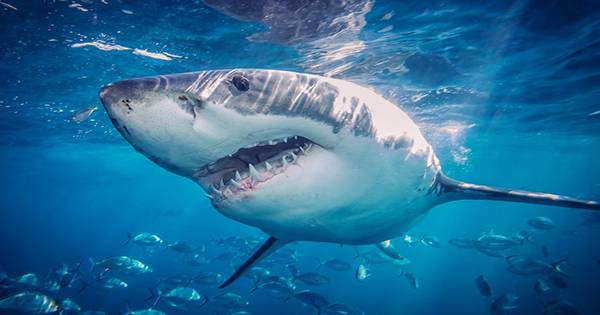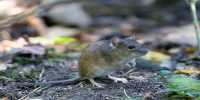One of the unfortunate things about becoming a preserved specimen is that it is almost always forced to die in some pretty busy way. The bog bodies of people who have either fallen or been dumped in peat bogs can be preserved so well that they have merged with the victims of recent murders (and it has been proven to be 1,600 years old), and CT scans of museum specimens have revealed the Turducken level. Frogs eat fish eat fish eat frogs.
Especially spectacular fossils can sometimes do more than just give snapshots of the anatomies of ancient animals, sometimes revealing clues about their way of life. One such gem was recently described in the Swiss Journal of Paleontology, which suggests that an ancient squid was eating crustaceans when it was itself predicted by a shark. The unusual and remarkably insightful fossil was identified by the authors in the paper as a pabulite – a term that meant that when they effectively caught food, no “food” actually made it to the hunter’s stomach.
Can you imagine dying just before being bitten by a delicious Donna? Tragic stuff fossils that reveal the phenomenon of prey where the prey turns their killer into digestion are called regurgitalites. Typically, pabulites only have bits of one-time organisms preserved in fossils, meaning paleontologists are allowed to draw pictures together from predictable event signs. These are a golden egg for archaeologists, as they show in the most obvious way what the endangered species ate while roaming the earth (and its oceans) millions of years before the rise of mankind.
This particular pabulite went a little further, with the early or lower Jurassic period belemnite (squid-like cephalopod) Passaloteuthis laevigata. Most of its soft parts are missing, but the crown on the animal’s hand is still known to be one of the most preserved preserved. The researchers say the find is noteworthy, as it may indicate that the remains of belemnite were dropped from a predator’s mouth.Apparently, it was a nutritional event all around, as there was an exquisite crustacean in that wonderfully preserved arm – meaning belemnite was probably eating it. An exuvia is an arthropod’s cast-off or slogged-off skin. Absolutely can’t be expected as the last meal for the eroded festival. It is possible that the belemnite was destroyed by predatory fish such as the ancient shark Hybodus hauffianus. This means that belemnite was somewhat away from putting a little sweet, soft skin in the mouth when it was rudely interrupted by the snack itself and we don’t mean the good breed.
















